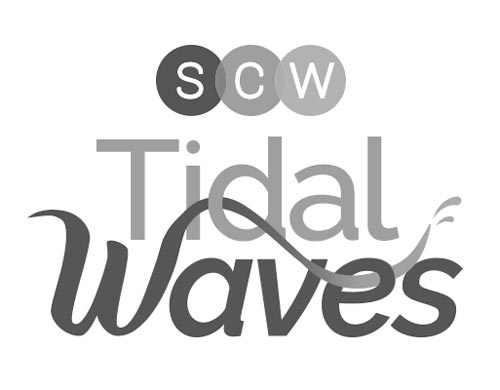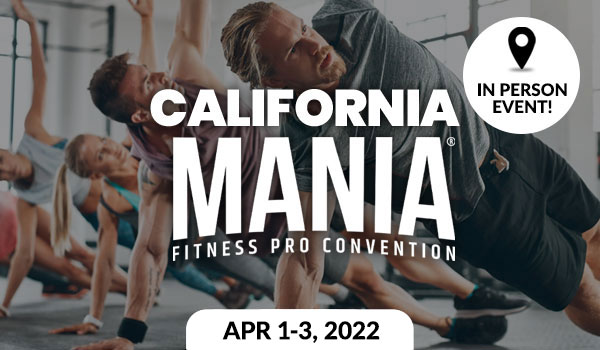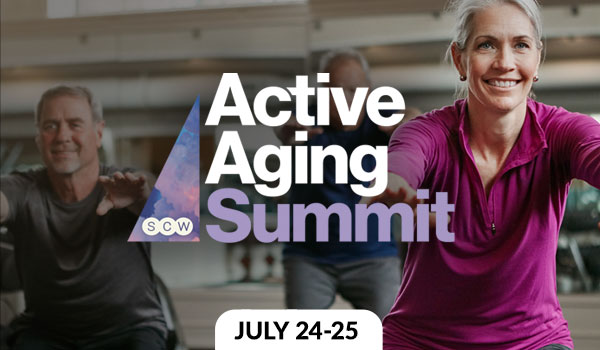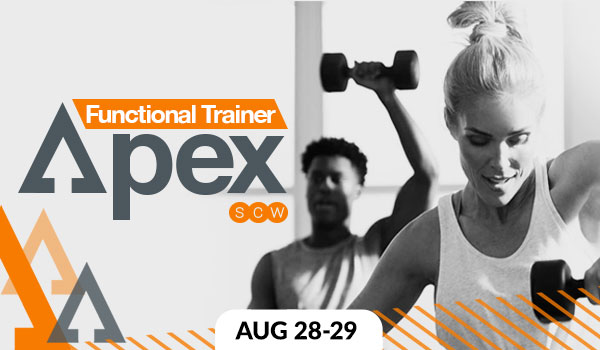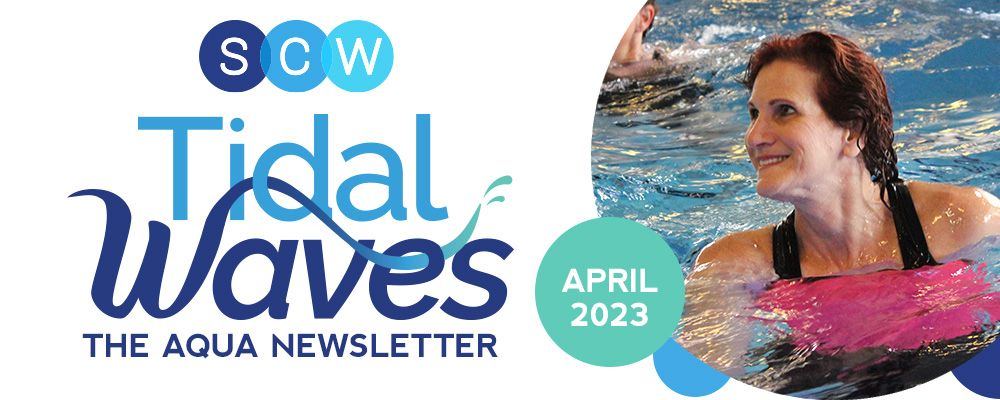
Exercise With A Buddy
Your Brain Will Thank You For It
Social exercise — working out with another person — has many advantages, and new research suggests it also may extend to your brain.
A new study of 4,358 older adults in Japan has found that participants who worked out with others at least twice a week had a lower risk of developing cognitive impairment than those who did so alone or not at all.
People with cognitive impairment — which can range from mild to severe — have trouble remembering, learning new things, concentrating or making decisions that affect their everyday life.
“Social isolation is a known risk factor in dementia and has been promoted during the coronavirus pandemic,” said study author Kenji Tsunoda, associate professor of social welfare at Yamaguchi Prefectural University. “We have been focusing on the effect that exercise has on promoting social communication.”
Over the course of four years, Tsunoda and his colleagues followed participants, ages 65 and older, living independently in Kasama, a regional city about 60 miles north of central Tokyo.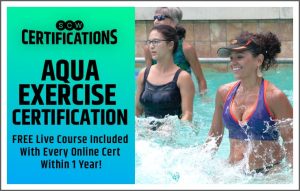
A 2017 survey asked about their fitness habits, including how often they exercise alone or with other people such as a spouse, children, grandchildren, friends or a trainer. Based on the responses, participants were split into three groups: non-exercisers, solo exercisers (exercise alone at least once a week) and social exercisers (exercise with others at least once a week).
The researchers obtained cognitive impairment data from a government database. In Japan, the condition is measured by a nationally standardized method known as the Activities of Daily Living Independence Assessment Criteria. Cognitive impairment in the study was defined as having symptoms that interfere with daily life to the point where supervision or care is needed.
At the time of the initial survey, the mean age of participants was 76.9 years, with 51.8 percent being female. A greater proportion of older adults reported exercising by themselves (31.0 percent) than with other people (24.8 percent). Nearly half responded that they do not exercise at all (44.2 percent). Throughout the four years that followed, 7.7 percent of participants developed cognitive impairment.
Older adults who exercised by themselves, however, were less likely to develop cognitive impairment — by about 22 percent — compared with those who didn’t exercise at all. But the preventive link was boosted by the addition of a social element, which showed a 34 percent risk reduction compared with no exercise.
Tsunoda and his colleagues then created a predictive tool based on their findings, called a population attributable fraction, to assess the impact of social exercise on the entire study population. If all participants worked out with others twice weekly or more, the incidence of cognitive impairment would decrease by 29.2 percent, whereas the benefit would be only 15.1 percent for exercising alone, the tool showed.
The results, published in the Archives of Gerontology and Geriatrics in January, suggest that regular social exercise may act as an effective one-two punch against cognitive decline in older adults. Previous research, summarized in a 2020 report on dementia prevention by the Lancet Commission, pointed to 12 modifiable risk factors — including physical inactivity and low social participation — that account for around 40 percent of worldwide dementias.
“The finding that exercising with others is better than exercising alone supports the idea that a range of different lifestyle changes are beneficial and that these may work together,” said Andrew Sommerlad, associate professor of psychiatry at the University College London, a co-author of the Lancet report.
The importance of exercise in preventing and managing age-related conditions is becoming increasingly clear. A recent consensus statement based on the available scientific evidence recommends older adults engage in physical activity to promote health, prevent diseases and treat a wide range of conditions.
“Exercise is not just for the young,” said Mikel Izquierdo, professor of health sciences at the Public University of Navarra in Spain, who was not involved in the research. “Older individuals can also reap the benefits of exercise and should be encouraged to do so.”
Exercise can help prevent chronic conditions such as cardiovascular disease, stroke and diabetes, while also improving longevity, mobility, mental health and quality of life.
In terms of the aging brain, regular exercise promotes improvements in cognitive function, as well as the prevention and reduction of cognitive decline. Physical activity can change the structure of the brain through increases in blood flow and volume, and impede age-related brain tissue loss.
An extensive body of research has also pointed to socialization as beneficial for the aging brain. In a 2019 study of more than 10,000 people, Sommerlad and his colleagues observed that more frequent social contact at age 60 was associated with lower dementia risk over the next 15 years. And a 2019 meta-analysis of 51 studies found that high engagement in social activity and large social networks were linked to better late-life cognitive function.
“Socializing exercises our cognitive function, providing more resilience to late-life decline — a concept known as building cognitive reserve,” Sommerlad said. “Being more socially active may also encourage healthy lifestyle behavior, and reduce stress.”
The Senior Women Moderately Paced Hiking Group gathers at Spruce Mountain Trail in Larkspur, Colo. in November. Mariza Vazquez (third from the right) started the group two years ago. Kathy Kosch (third from the left), a member, says the group has given her a sense of community. (Kathy Kosch)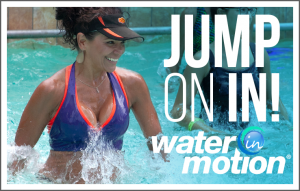
Mariza Vazquez of Lakewood, Colo., started a hiking group for other women in her age range two years ago. The Senior Women Moderately Paced Hiking Group today boasts more than 1,000 members and offers weekly hikes, along with forest bathing and mindfulness activities.
“There’s a huge benefit of like-minded women meeting each other. What draws us all together is our love of nature and hiking,” Vazquez, 62, said. “It has created some very engaging friendships.”
Member Kathy Kosch, 70, hikes and walks by herself, but being part of the hiking group pushes her to attempt more challenging trails, she said. Not only do the women cheer each other on, hiking with others also provides safety in numbers, making it less likely for people to get lost or injured.
“Being part of this group of diverse, strong women has offered me a sense of community,” said Kosch, a retired nurse based in Golden, Colo. “These ladies are an inspiration. I expand my universe with every hike.”
The World Health Organization recommends that adults 65 and older engage in at least 150 minutes of moderate activity or 75 minutes of vigorous activity per week, along with at least two or more days of muscle-strengthening activity. But only 16 percent of older Americans meet these guidelines.
Izquierdo and other experts believe that physical activity should be prescribed by health-care professionals in an individualized manner, like any other medications. While maintaining an exercise routine for older adults can be challenging, he suggests that group exercise or working out with a partner can help enhance consistency, motivation and enjoyment.
“No matter your age, it’s never too late to start contracting those muscles and reaping the benefits of exercise,” Izquierdo said.
10 Hidden Benefits Of Swimming
by G. John Mullen
Everyone wants to be an Olympic swimmer. But luckily, you don’t have to be an Olympic swimmer to benefit from the sport. People of all ages, from all backgrounds, and with various levels of experience can benefit from swimming. Swimming is one of the few sports you can do from a young age and all the way up into your 90s and beyond.
Why not jump in? It’s not too late to gain from the hidden benefits of swimming. Swimming is perfect for your mental health and physical health. Water is a low-impact sport that provides more resistance than dryland exercises and it has a therapeutic cooling effect on the body that contribute to its many benefits. It truly is the perfect sport. Here are 10 of the sport’s less obvious benefits:
1. Swimming Improves Social Well Being
Swimming is very much a social sport. Swimmers of all ages can take classes together, train together, or work with a coach in the pool. Even if you have a pool at home, it is where you gather with your friends and family. A study revealed exercising and socializing together leads to improved mental health. Participants in the study had lower levels of anxiety and depression than their peers did.
2. Swimming Teaches Goal Orientation
Swimmers become goal-oriented in their personal and professional lives. Swimming gives kids and adults something to strive for. Whether it is kicking a kickboard across the pool, improving a lap time, or recovering from an injury with water rehabilitation, setting goals and achieving them is the key. The skills swimmers learn in the pool to realize and achieve such goals are skills that can and will be used out of the pool as well.
3. Kids Who Swim Become Active Adults
Swimming is an important activity to help combat the childhood obesity rates, and it is fun too. Swimming has all the three elements of physical activity recommended to keep kids healthy: endurance, strength, and flexibility. Swimming provides kids with the tools, skills, and dedication to maintain healthier lives as adults.
4. Swimming Makes You Smarter
Regular exercise, such as swimming, improves memory function and thinking skills. This is good not only for the classroom and work, but it is beneficial for us as we age too. Regular exercise reduces inflammation and insulin resistance in the brain, which fosters new brain cell growth. Swimming also improves mood, anxiety, and stress, which increases the brain’s ability to think more efficiently.
5. Swimming Teaches Team-Building Skills
Swimmers on teams or in swim classes have better team-building skills. Swimmers learn to work together, to encourage each other, to communicate, and to become leaders. All of these skills translate into effective leaders in adulthood. Team-building skills encourage collaboration, goal orientation, inspiration, strategy development, and coordination, which all result in successful careers and professional relationships.
6. Swimming Burns More Calories than Jogging
When you compare swimming to running, you can burn more calories swimming laps around the pool than you can running laps for an hour. One hour of vigorous lap swimming can burn as much as 715 calories. The same amount of time running at 5 mph burns only 606 calories.
7. Swimming Slows Down Aging
There is no secret pill to living longer, but the pool is like the fountain of youth. Regular swimming can delay the effects of aging by reducing blood pressure, increasing muscle mass, improving oxygen and blood flow to the brain, and increasing cardiovascular health. Swimming can also improve physical strength and balance in seniors. Seniors who suffer from joint pains can hit the pool to increase flexibility and to reduce joint inflammation. Lastly, this low-impact sport is easier on the body.
8. Swimming is Good for Asthma
Swimming is great for people who suffer from chronic lung conditions such as asthma. Asthma sufferers, especially those with sports-induced asthma, can experience trouble because the loss of heat and moisture in the bronchial tubes causes the tubes to contract. This happens when the air is dry and/or cold outside. Swimming is the best exercise for asthma patients because the moisture from the water replaces the moisture expelled during vigorous breathing.
9. Swimmers are More Confident
Swimming is a confidence-building sport. Early evidence from an ongoing study out of Griffith University in Australia revealed that young swimmers are more confident than their non-swimming peers. This is also true for competitive and non-competitive adult swimmers. Swimming teaches confidence in the pool and in the open water, which translates to confidence on land as well.
10. Minimal Gear
Swimming is one of the best sports, as it does require minimal gear! You can workout with only a swimsuit and goggles!
It’s never too early or too late to start swimming. Jump in and have fun. Your life, health, and well being depend on it.
The Water Is For Everyone,
So Why Isn’t Everyone In The Pool?
by Bennett Wynkoop
The folks who spend time in the pool are different creatures. We know who we are. We look different (messy hair, don’t care.) We smell different. Time spent in water opens up a new world, quite literally a distinctive element. Chlorine and sunblock define us.
Of course, this theory only comes from being in the pool but the reality is people love water for multiple reasons. Forget the fact that it’s necessary for survival, people have been attracted to this magical liquid since the beginning of civilization. Most major cities were built near some type of body of water and even many landlocked areas are near some sort of river or lake. Many vacations, especially families, use their children’s “Spring-Break” as an opportunity to remove themselves from the mundane tasks of everyday life, to a life of sitting on a beach for a week.
So, no matter who you are, the water is calling. I am fortunate enough to have a strong relationship with the water, due to being on multiple swim teams as a child. Now as an adult, I still seek out new pools or lakes to dive into year-round, no matter what state or country I am visiting.
For many, a pool can be daunting. Time, fear, temperature, the list goes on. Getting in the water requires more than meets the eye (or toe) and let’s not even bring up the deep end! Going from hardly swimming to being where your feet cannot touch the ground is a lot to manage. All of these barriers often result in people opting for other means of exercise.
We know people who make the commitment to attend aquatic exercise classes ritually. These personable, culture-forming members are the ones found at the gym partaking in all of the benefits of water. But when talking to the others about participating in water fitness, you might as well be speaking a foreign language. They say “yes, I’ll be in class tomorrow” and then claim they don’t have the time for it. They see it is a “leap of faith” and all we are asking for is a “foot” in the shallow water.
I recently started my position as the Business Development Manager for WATERinMOTION®. My desire to have more people in the pool is one of the main reasons I accepted this job. As a child spending time at the local YMCA, reaching out now to other facilities around the United States has filled the void and provides the hope that maybe I can steer others to the call of the water.
Innumerably I have thought “How am I one of the only people in the pool right now?” Now my focus is to fill the pool and aquatic fitness classes, and specifically WATERinMOTION® is the answer. The upbeat music and choreography will have people from land classes feeling right at home in the water! They also get to feel the benefits of full body exercise, low impact, buoyancy, and the reduced pressure on joints, not to mention the smell of chlorine and a distinctive hairdo.
Wherever it comes from, it is okay to give people the little extra push (not physically) they need to get in the water, as it often results in a newfound happiness in life that cannot be found elsewhere.
For more information about WATERinMOTION® and the three formats, Original, Platinum, and Strength visit www.waterinmotion.com or feel free to reach out to me personally at [email protected] or 810-941-5560.
 About the Author, Bennett Wynkoop
About the Author, Bennett Wynkoop
Bennett is an experienced aquatics professional with a passion for water safety and education. With a background in lifeguarding and swim instruction, he has worked in various roles within the aquatics industry. As the Business Development Manager for WATERinMOTION®, Bennett is committed to promoting safe and enjoyable aquatic experiences for people of all ages and abilities.
Get Back In The Swim Of Things!
Certification Smash, May 19-21
Whether you are a newbie to the Fitness Industry or have been leading Aqua Classes for decades, there is always something innovative to advance your career and programming. Three days filled with 23 respected and recognized certifications as low as $99, including the Brand New AQUATIC PERSONAL TRAINING CERTIFICATION, along with Corrective Exercise, Nutrition Coaching, and our ever popular S.E.A.T. and WATERinMOTION® certifications. Earn CECs from AEA, SCW, ACE, AFAA, NASM, & ACSM, and know you’re among the best.
Water You Waiting For?
Yeah, buoy! SCW’s Aqua Ex Summit is just around the corner! Join us on June 10th and elevate your aquatic exercise career and business. Engage with 16 of the industry’s top water fitness experts including Billy Wartenberg, Irene McCormick, MS, CSCS, Jeff Howard, and Ann Gilbert. Motivate your clients with powerful new ideas, challenging workouts, and concrete programming, not to mention get certified as an Aquatic Personal Trainer. Learn from the greatest aqua minds in the business all in the comfort of your home or club!
Looking To Hire? FREE Job Board
In Need of Teachers, Trainers, Directors, or Managers? SCW’s new FREE JOB BOARD is supporting the industry’s need for qualified fitness pros.
Best of all there is NO COST to you. We will post your openings in all three of our monthly e-newsletters: Spotlite, Health & Fitness Business News, and Tidal Waves which are emailed out to tens of thousands of fitness professionals teaching and training in all formats along with managers and directors at all fitness facilities: big box, gyms, boutique, studios, not for profits and independent centers.
We’re always looking for great content highlighting the newest things in the world of aquatic fitness. Please submit your article directly to [email protected] for immediate consideration!
Give us your feedback on what interests you, and maybe YOU will make it in the SCW Tidal Waves!
Tidal Waves, January 2024
Tidal Waves, December 2023
Tidal Waves, November 2023
Tidal Waves, October 2023
Tidal Waves, September 2023
Tidal Waves, August 2023
Tidal Waves, July 2023
Tidal Waves, June 2023
Tidal Waves, May 2023
Tidal Waves, April 2023
Tidal Waves, March 2023
Tidal Waves, January 2023
Tidal Waves, November 2022
Tidal Waves, September 2022
Tidal Waves, July 2022
Tidal Waves, June 2022
Tidal Waves, May 2022
Tidal Waves, April 2022
Tidal Waves, March 2022
Tidal Waves, February 2022
Tidal Waves, January 2022
Tidal Waves, November 2021
Tidal Waves, October 2021
Tidal Waves, August 2021
Tidal Waves, July 2021
Tidal Waves, June 2021
Tidal Waves, May 2021
Tidal Waves, April 2021
Tidal Waves, March 2021
Tidal Waves, January 2021
Tidal Waves, November 2020
Tidal Waves, September 2020
Tidal Waves, July 2020
Tidal Waves, February 2020
Tidal Waves, November 2019



